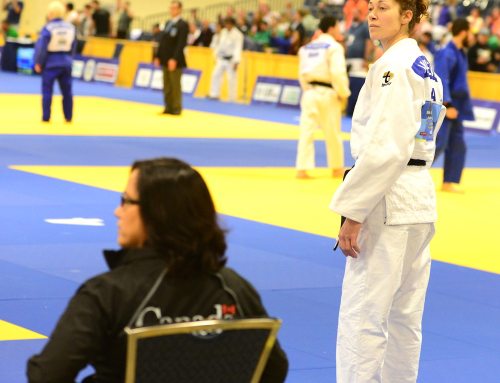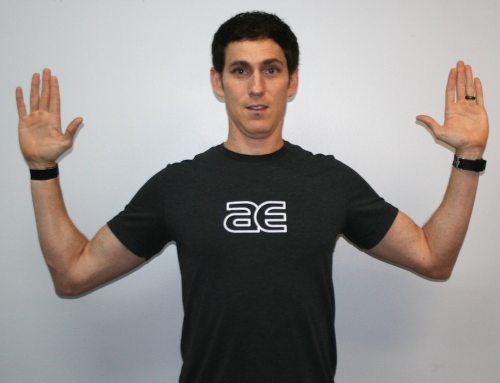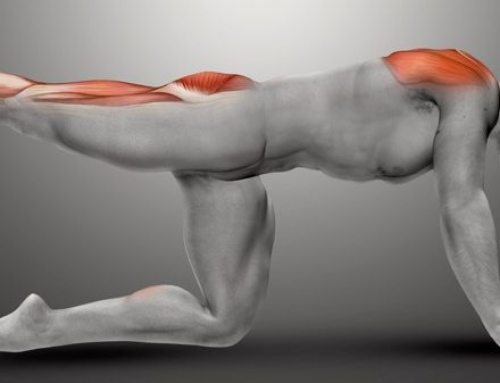By Louis C. Almekinders, MD
Looking back it is easy to say: I should have known better. During the weeks leading up to the ITU Duathlon World Championships I was feeling some worsening pain in my shin. Thinking like an endurance athlete rather than a health professional, I figured it could not amount to anything more serious than some pain during and after the race with lots of time to recover at the end of the year. How much could one more race hurt me? It ended up hurting me a lot in many ways. About two miles into the run my tibia bone audibly snapped through, and less than an hour later I was in a Spanish emergency room instead of running through the finish chute with fellow Team USA members, cheering each other on. Now, almost three months later, I am sitting on the couch with a titanium rod in my tibia, just starting to put in a few minutes in the pool and on the stationary bike.
It is time to refocus and look at 2012 with the aim to remain healthy and start training for some of the exciting events and challenges that are out there. It is also time to get back to the basics with regard to injury prevention and recognition. Injury prevention for endurance athletes should be an ongoing process, but it is most valuable in the first part of the season as we are ramping up our distance and speed. For swimmers, shoulder injuries, especially those affecting the rotator-cuff tendons, are the main concern. Spend some time out of the water working on shoulder flexibility and strength. Strengthening the muscles that power the shoulder blade is often neglected but can be very important in injury prevention. A good coach or personal trainer should be able to put you on an appropriate program. For cyclists, back pain and knee-cap pain are the most common ailments that will slow down the training. A good bike fit, as well as a core-strengthening program, is key to preventing back pain. The knee-cap pain is frequently precipitated by pushing heavy gears early in the season. Learn to keep your RPMs relatively high and light until you have built up some conditioning and strength. Runners are exposed to a multitude of ailments, ranging from bursitis to tendinitis to the dreaded stress fractures. The keys to prevention are many. Think distance before speed: Work up to your desired distance slowly before you start increasing your speed. Stay away from steep hills, asphalt and concrete until your legs have proved they can handle the soft trails and more level runs. Keep investing in good running shoes with adequate cushioning and support.
Just as we like to monitor the positive effects of training, such as improvements in speed, mileage and heart rate, we should monitor for any negative effects. Creating the perfect balance between pushing the positive effects and avoiding the negative effects is our ultimate goal. By being aware of your body and attentive to its warning signs, you can enjoy a positive training and racing season. When in doubt, consult a health professional and avoid relying on your own biased opinion (I am speaking from experience!).
Injured?
In spite of all good intentions, injuries can occur. This is complicated by the fact that we, as endurance athletes, expect a certain level of pain as a part of our sport. How are we to decide what constitutes just an average ache or pain and what is an emerging injury? There are a few guidelines that can help.
3 Rules of Thumb to Separate Aches and Pains from Emerging Injuries
Pain During a Workout
The pattern of pain during the workout is important. Some initial pain that quickly subsides during warm-up and does not return may be a good sign. Conversely, pain that worsens as a workout progresses is generally a bad sign and should warrant a closer look.
Pain After a Workout
Pain after a workout is also common and does not necessarily indicate a bad injury. However, pain that does not fully resolve by the next workout is concerning. This will generally result in new pain added to unresolved pain and is usually a recipe for injury.
Visible Swelling and Tenderness
There are other signs besides pain to look for. Visible swelling with clear asymmetry compared with the other limb is a bad sign and should not be ignored. Soreness in the muscles is common and generally not concerning. However, tenderness on areas where the bone and tendons are directly under the skin should be taken seriously as a possible season-ending injury.
Finally, if people around you start commenting on your limping or other changes in normal movement patterns, it is time to step back and check into the causes.
# # #
Louis Almekinders is an orthopaedic surgeon and founder of the North Carolina Orthopaedic Clinic in Durham, N.C. He served as UNC team physician for 15 years prior to that. He is a five-time member of Team USA for Triathlon and Duathlon World Championships and finished multiple times as USA triathlon All-American.





